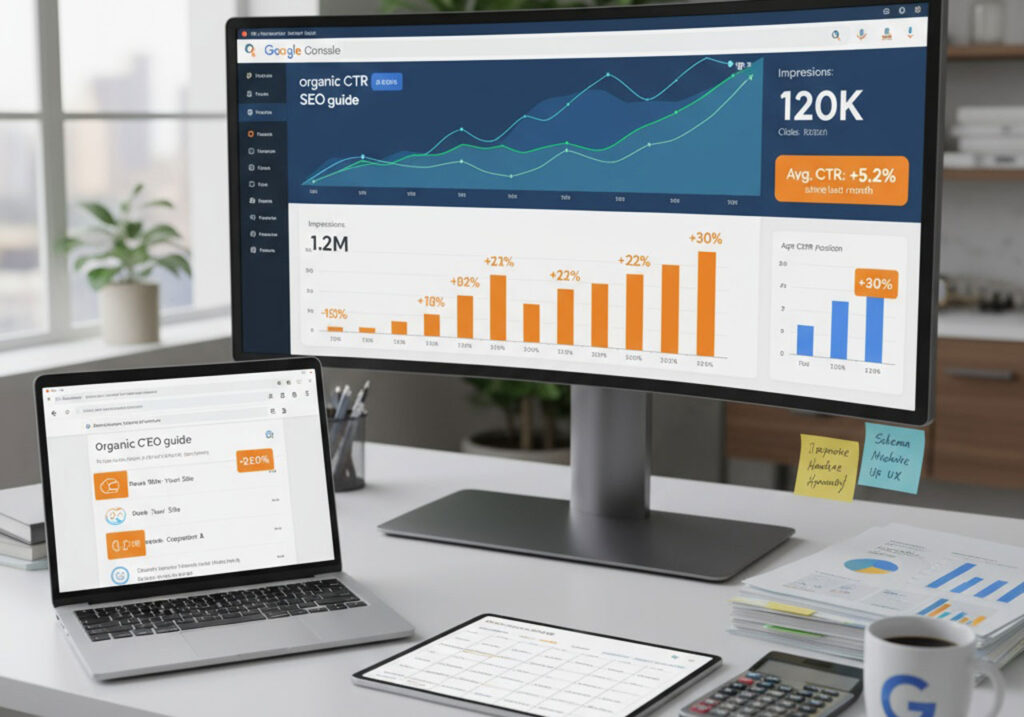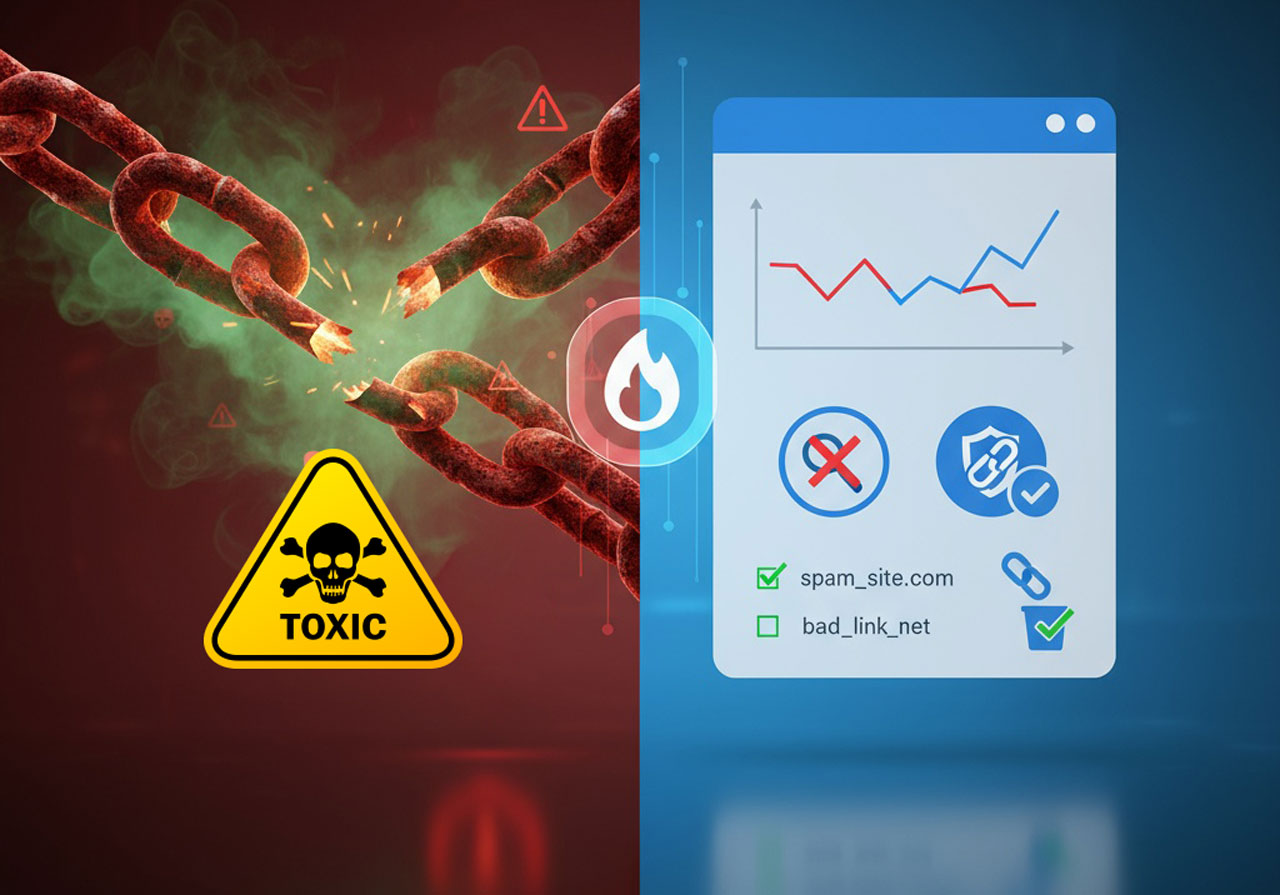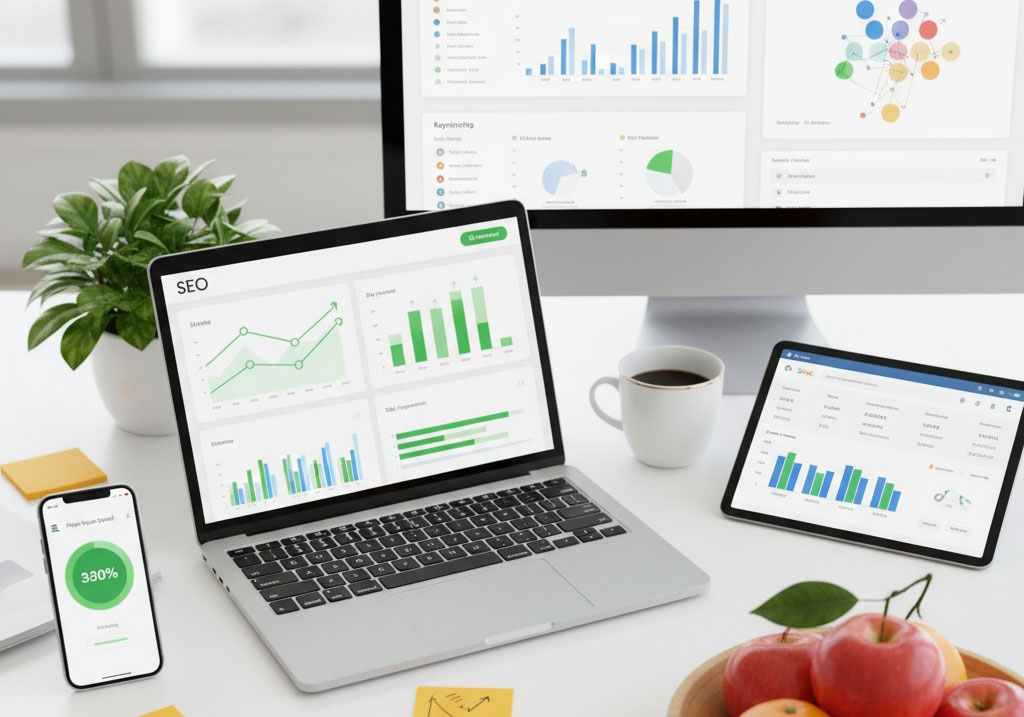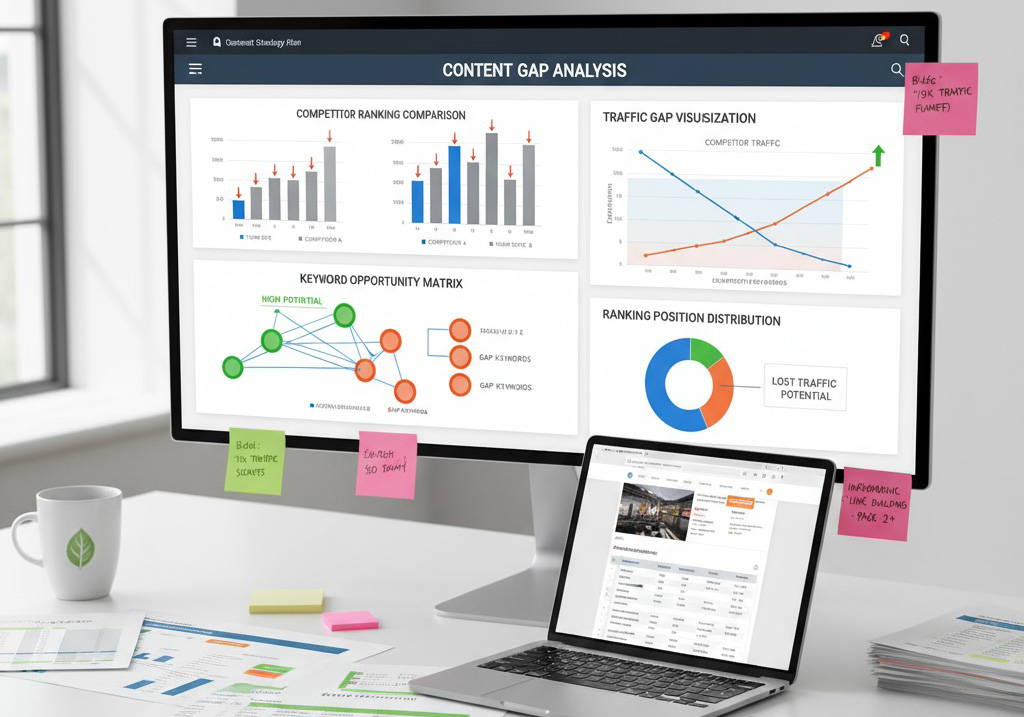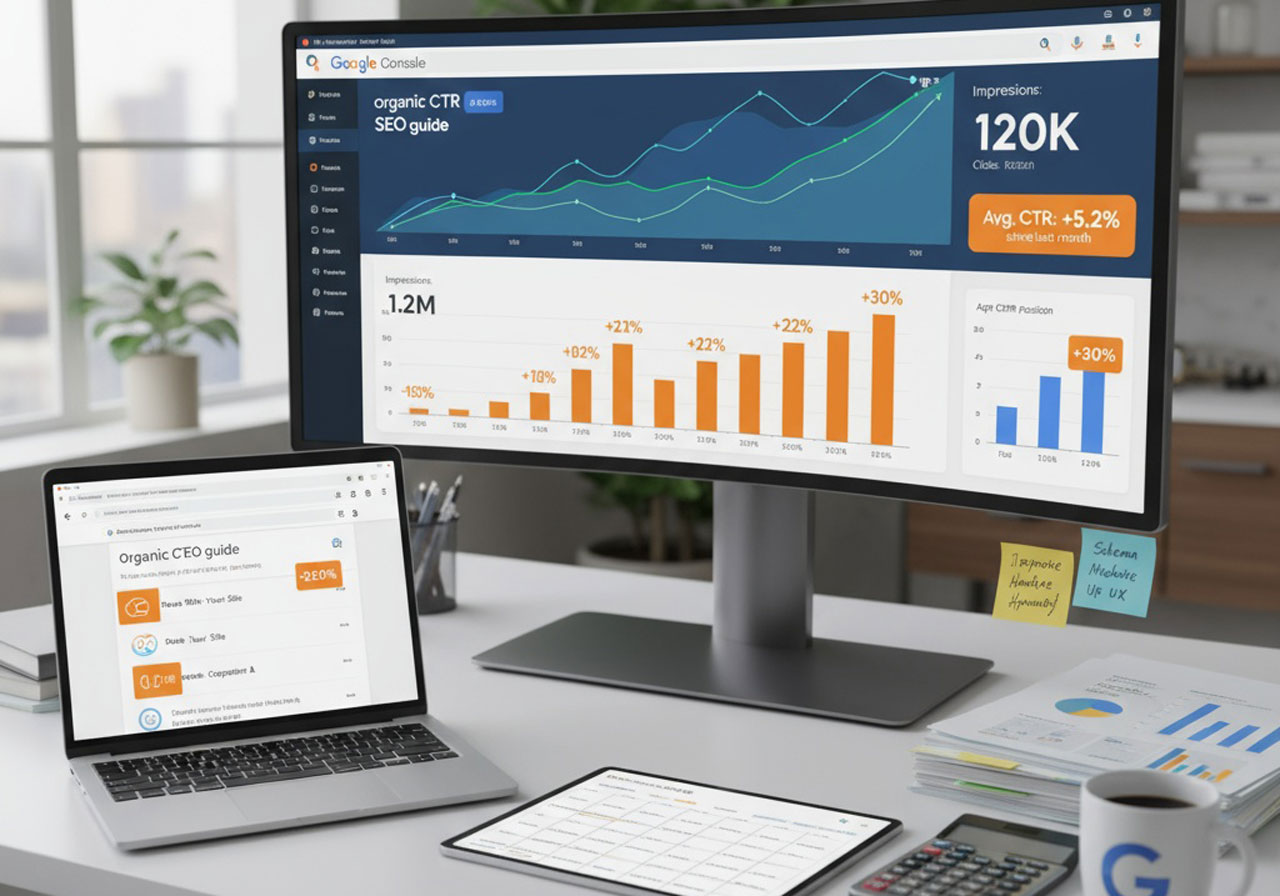Organic click-through rate (CTR) is one of the most powerful yet underutilized ranking factors in modern SEO. Understanding how to optimize your organic CTR can dramatically improve your search visibility and drive more qualified traffic to your website without requiring higher rankings.
What Is Organic Click-Through Rate and Why It Matters
Organic CTR measures the percentage of users who click on your website’s listing in search results compared to the total number of times your page appears in those results. This metric directly impacts your SEO performance because Google uses user engagement signals to determine search result relevance.
The formula for calculating organic click-through rate is straightforward: Organic CTR = (Organic Clicks ÷ Impressions) × 100
For example, if your page appears 1,000 times in search results and receives 50 clicks, your organic CTR is 5%.
How Organic CTR Affects SEO Rankings
Click-through rate optimization has become increasingly important for SEO success due to Google’s sophisticated user behavior tracking systems.
Google’s Navboost system, revealed during the 2023 antitrust trial, confirms that the search engine uses CTR data to refine search rankings. When your page consistently receives more clicks than competitors at similar positions, Google interprets this as a strong relevance signal.
Key CTR ranking factors include:
- User engagement metrics that signal content quality
- Click data comparisons between competing pages at similar positions
- Search result satisfaction measured through user behavior patterns
- Brand recognition signals that influence click likelihood
Average Organic CTR Benchmarks by Search Position
Understanding organic CTR benchmarks helps you evaluate your performance and set realistic improvement goals.
According to recent search engine studies, the average organic CTR by position breaks down as follows:
- Position 1: 22-28% average CTR
- Position 2: 15-18% average CTR
- Position 3: 10-12% average CTR
- Position 4-6: 5-8% average CTR
- Position 7-10: 2-4% average CTR
Remember that CTR varies by industry, search intent, and SERP features. E-commerce queries often show different patterns than informational searches, and branded searches typically generate higher CTRs.
How to Track Your Organic CTR Performance
Google Search Console provides the most accurate data for monitoring your organic click-through rates. This free tool shows exactly how your pages perform in Google search results.
To access your organic CTR data:
- Navigate to Google Search Console’s “Performance” section
- Select “Search Results” to view comprehensive CTR metrics
- Choose your preferred date range (90 days recommended for reliable data)
- Enable the “Average CTR” metric to see detailed performance breakdowns
The platform displays CTR data segmented by individual pages, specific keywords, device types, geographic locations, and search appearance types.
5 Proven Strategies to Improve Organic CTR
1. Optimize Title Tags and Meta Descriptions for Higher CTRs
Title tag optimization and meta description optimization are fundamental for improving click-through rates. These elements create users’ first impressions of your content in search results.
Effective title tag strategies include:
- Include primary keywords naturally within the first 50 characters
- Add current year dates for time-sensitive content (e.g., “2025 Guide”)
- Use compelling action words like “Complete,” “Ultimate,” or “Proven”
- Include emotional triggers that match search intent
- Avoid keyword stuffing that reduces readability
Meta description best practices focus on:
- Write compelling 150-character summaries that expand on your title
- Include secondary keywords and related search terms
- Address specific user pain points or questions
- Add clear value propositions that differentiate your content
- Include calls-to-action when appropriate
2. Implement Structured Data for Rich Snippets
Schema markup implementation helps search engines better understand your content and can trigger enhanced search result displays called rich snippets.
Common rich snippet types that improve CTR include:
- Review snippets showing star ratings and testimonial counts
- FAQ schema displaying common questions directly in results
- How-to markup for step-by-step instructional content
- Product schema featuring pricing and availability information
- Article markup highlighting publication dates and author information
Use Google’s Structured Data Testing Tool to validate your markup and ensure proper implementation.
3. Target Featured Snippets and AI Overviews
Featured snippet optimization can dramatically increase your visibility and click-through rates by positioning your content at the top of search results.
Featured snippet strategies include:
- Structure content with clear headings that match common question formats
- Provide concise, direct answers within the first 40-50 words
- Use numbered lists, bullet points, and tables for easy scanning
- Include long-tail keywords that trigger question-based searches
- Optimize for “how to,” “what is,” and “why” query types
AI Overview optimization requires similar approaches but focuses on providing comprehensive, authoritative information that AI systems can easily parse and reference.
4. Build Brand Recognition to Increase Click Trust
Brand awareness SEO significantly impacts organic CTR because users prefer clicking on familiar, trusted brands over unknown competitors.
Effective brand building strategies include:
- Develop consistent visual branding across all digital touchpoints
- Create high-quality, shareable content that establishes thought leadership
- Engage actively on social media platforms where your audience congregates
- Pursue digital PR opportunities through guest posting and media coverage
- Target top-of-funnel keywords to reach potential customers early in their journey
Strong brand recognition can increase your organic CTR by 15-25% compared to lesser-known competitors at the same ranking positions.
5. URL Structure Optimization for Better User Experience
SEO-friendly URLs contribute to higher click-through rates by creating clear expectations about page content and establishing credibility.
URL optimization best practices include:
- Keep URLs under 60 characters for full display in search results
- Include target keywords naturally within the URL path
- Use hyphens to separate words (never underscores)
- Create logical site architecture that reflects content hierarchy
- Remove unnecessary parameters and session IDs
Google displays breadcrumb navigation in search results, making clear URL structure even more important for user decision-making.
CTR Optimization Tools and Measurement
Several tools can help you monitor and improve your organic click-through rates:
Free CTR Analysis Tools:
- Google Search Console for comprehensive performance data
- Google Analytics for traffic source analysis
- Google’s Rich Results Test for structured data validation
Premium SEO Platforms offering advanced CTR insights:
- Semrush for competitive CTR analysis and SERP feature tracking
- Ahrefs for keyword difficulty and click potential assessment
- Moz for local search CTR optimization
Advanced Organic CTR Improvement Techniques
A/B testing title tags and meta descriptions can provide data-driven insights into what resonates with your audience. Test different emotional appeals, keyword placements, and call-to-action phrases to identify top-performing variations.
Seasonal CTR optimization involves adjusting your search result snippets based on trending topics, holidays, and industry cycles. This strategy can increase click-through rates by 10-20% during relevant periods.
Local search CTR optimization requires different approaches, including location-specific keywords, Google My Business optimization, and local schema markup implementation.
Common CTR Optimization Mistakes to Avoid
Avoid these frequent organic CTR optimization errors:
- Using clickbait titles that don’t match content quality
- Neglecting mobile search result optimization
- Ignoring SERP feature opportunities like People Also Ask boxes
- Over-optimizing for keywords at the expense of readability
- Failing to update outdated content that no longer matches search intent
Measuring Organic CTR Success and ROI
Track these key performance indicators to measure your CTR optimization success:
- Organic CTR improvement percentage over time
- Total organic traffic increases from higher click-through rates
- Conversion rate changes from improved traffic quality
- Average session duration and engagement metrics
- Brand search volume growth from increased visibility
Conclusion: Organic CTR as a Competitive Advantage
Improving your organic click-through rate offers one of the fastest paths to increased search traffic without requiring higher rankings. By implementing these CTR optimization strategies, you can capture more clicks from your existing search visibility and signal to Google that your content deserves higher positions.
Focus on creating compelling, relevant search result snippets that accurately represent your content value. Combined with technical optimizations like structured data and URL improvements, these strategies can increase your organic traffic by 20-40% within 3-6 months.
Start with title tag and meta description optimization for your highest-traffic pages, then gradually implement advanced techniques like featured snippet targeting and schema markup. Consistent measurement and refinement will help you maintain competitive organic CTR performance as search algorithms evolve.

